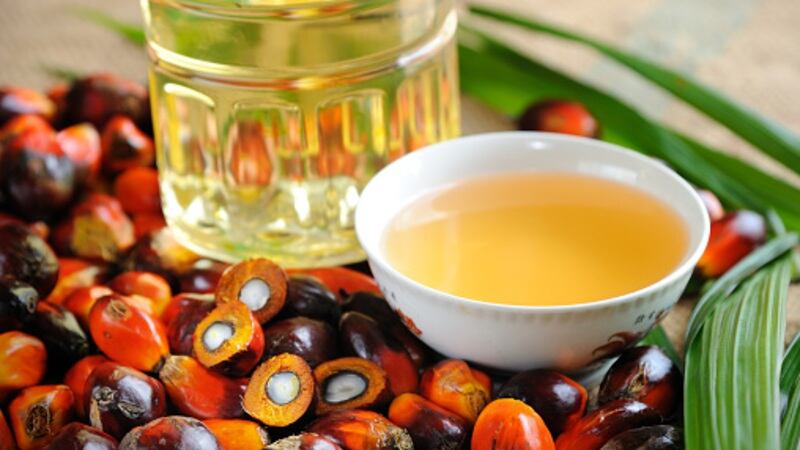In the recent Pointers palm oil seminar hosted by the Malaysian Palm Oil Council (MPOC), CEO Wan Aishah binti Wan Hamid highlighted how these factors were hitting the sector.
This is especially so in terms of palm oil production, where the country has been hit hard by labour shortages ever since the COVID-19 pandemic onset in 2020, which has been compounded further by uncontrollable factors including weather changes.
“The acute labour shortage in Malaysia has led to lower palm oil production, made worse by the impacts of climate changes particularly excessive bad weather,” Wan Aishah said.
“This year, Malaysia estimates that we will see a third consecutive year of palm oil production decline to 18.08 million MT, from 18.1 million MT in 2021 and 19.1 milllion MT in 2020.
“The La Nina rainy weather has already created challenges in production over the past three years and moving forward into 2023 the National Oceanic and Atmospheric Administration Climate Prediction Centre has already predicted a 91% chance of La Nina from December this year to February 2023.
“This will again see wet weather conditions in multiple countries across ASEAN including Malaysia that can result in extreme rain that could harm palm oil quality and raises flooding concerns.”
From a palm oil pricing angle, economic challenges have badly affected the strength of Malaysian currency, which is expected to drive prices upwards and could potentially reduce export favourability.
“The exchange rate of the Malaysian Ringgit vis-à-vis the US Dollar has declined by about 8% since June 2022,” she said.
“The weaker Malaysian Ringgit and also supply worries due to floods are expected to put palm oil prices on an upward trend.
“Globally, food prices have surged 65% since the start of the COVID-19 pandemic and by 12% this year alone since Russia invaded Ukraine.”
Malaysia also faces stiff competition in the form of the world’s largest palm oil producer Indonesia – although both countries co-operate when the palm oil sector in general is threatened, there is no doubt that any moves made by Indonesia to lower its prices or increase its exports ca have severe impacts on Malaysian palm oil exports.
“In January 2022 Indonesia mandated its local palm oil producers to set aside 20% of their palm oil stock for local buyers and have these in compliance with the Domestic Market Order (DMO) before being allowed to export any palm oil, a move to stabilise local oil supply and prices,” she said.
“This limited Indonesian palm oil exports, especially when the rate to set aside was raised to 30% in March 2022 [and during this time] palm oil prices were pushed up to record highs until the DMO was relaxed in June 2022 and exports resumed.
“On November 1 the Indonesian government announced that duty waivers for palm oil will be extended to the end of this year unless prices break US$800 per tonne.
“MPOC is aware of the challenge from Indonesia – their production is more than double that of Malaysia, so it is natural that they would also have a bigger export share [but] we have taken cognizance of the different challenges in different regions and taken steps to regain and not lose market share.”
Other steps to grow exports
Malaysia’s main export markets have always traditionally been to India and China, but over the past few years the sector has been very proactively looking to break out of this mould and drive growth in new markets.
In the first nine months of 2022, MPOC reported that exports to India stood at 2.07 million MT, a -16.88% decline due to the country switching to Indonesian palm oil when the DMO was lifted; and exports to China were 1.01 million MT which was a 20.92% decline.
“On the other hand, we have seen very encouraging and significant growth in our exports to several Middle East markets this year,” said Wan Aishah.
“This includes to Turkey which imported 1.01 million MT from us, an increase of 37.96%; and to Saudi Arabia which imported 408,553 MT, an increase of 75.48%.”
Malaysia also saw a 37.96% growth in palm oil exports to the Netherlands, but given the recently-passed EU Deforestation Law earlier this year, this market is expected to take a hit once enforced.


